Contents
Using @media in CSS
As most Internet users browse via devices of various sized-screens, it's crucial to make the design of your website responsive. The most popular way to do that is by using CSS media queries.
With the @media CSS rule, you can specify different styles for different media types or browsing devices. Using a @media query allows you to check various properties of the device (e.g., dimensions or resolution) and apply styles accordingly:
@media only screen and (max-width: 600px) {
body {
background-color: blue;
}
}Syntax for CSS @media
The syntax for the @media rule in CSS is as follows:
@media mediatype (mediafeature) {
style;
}
| Element | Explanation |
|---|---|
| mediatype | Device type |
| mediafeature | Browser/device properties |
| style | Styles to be applied |
Media types
| Value | Used for | Syntax |
|---|---|---|
| all | All media type devices | @media all |
| Printers | @media print | |
| screen | Computer screens, smart-phones, tablets etc. | @media screen |
| speech | Screen-readers | @media speech |

- Easy to use with a learn-by-doing approach
- Offers quality content
- Gamified in-browser coding experience
- The price matches the quality
- Suitable for learners ranging from beginner to advanced
- Free certificates of completion
- Focused on data science skills
- Flexible learning timetable

- Simplistic design (no unnecessary information)
- High-quality courses (even the free ones)
- Variety of features
- Nanodegree programs
- Suitable for enterprises
- Paid Certificates of completion

- A wide range of learning programs
- University-level courses
- Easy to navigate
- Verified certificates
- Free learning track available
- University-level courses
- Suitable for enterprises
- Verified certificates of completion
Deprecated media types
| Value | Used for |
|---|---|
| aural | Sound and speech synthesizers |
| braille | Feedback devices for Braille |
| embossed | Paged printers for Braille |
| handheld | Handheld or small devices |
| projection | Slides and presentations that are projected |
| tty | Media using a fixed-pitch character grid (e.g., teletypes) |
| tv | Television devices |
Media features
| Value | Description |
|---|---|
| any-hover | Checks if hovering is available |
| any-pointer | Checks if pointing is available and accurate |
| aspect-ratio | The ratio between the viewport's width and height |
| color | The bits per color number component for the output device |
| color-gamut | Color palette supported by the browser and output device |
| color-index | The number of colors the device can display |
| display-mode | The application's display mode |
| forced-colors | Checks if the browser limits the use of the color palette |
| grid | Whether the device is bitmap or grid |
| height | The height of the viewport |
| hover | Checks if hovering is available with the primary input |
| inverted-colors | Checks if the browser inverts the colors |
| light-level | Level of light in the environment |
| monochrome | Bits per color number on the monochrome device |
| orientation | The viewport's orientation (portrait/landscape) |
| overflow-block | Means the content overflows the viewport along the axis of the block |
| overflow-inline | Means the content overflows the viewport along the axis of the inline |
| pointer | Checks if primary input can point and how accurately |
| resolution | The resolution of the output device in dpcm or dpi |
| prefers-color-scheme | The preferred color scheme of the user |
| prefers-contrast | The preferred color contrast of the user |
| prefers-reduced-motion | The preferred level of motion of the user |
| prefers-reduced transparency | The preferred transparency of the user |
| resolution | Resolution of the output device |
| scan | The scanning process of the output device |
| scripting | Checks if scripting is available |
| update | The frequency at which the output device modifies the content |
| width | The width of the viewport |
Including operators
You can use logical operators to create more complex queries in CSS. In the @media query example below, you can see and used twice:
@media screen and (max-width: 950px) and (min-width: 625px) {
div.example {
font-size: 45px;
padding: 55px;
border: 6px solid yellow;
background: lightgrey;
}
}See what operators are available in the table below:
| Operator | Used to |
|---|---|
| and | Combine multiple media features |
| not | Negate the @media query |
| only | Specify that the whole @media query must match |
Note: you can use a comma as the logical operator or.
Browser support
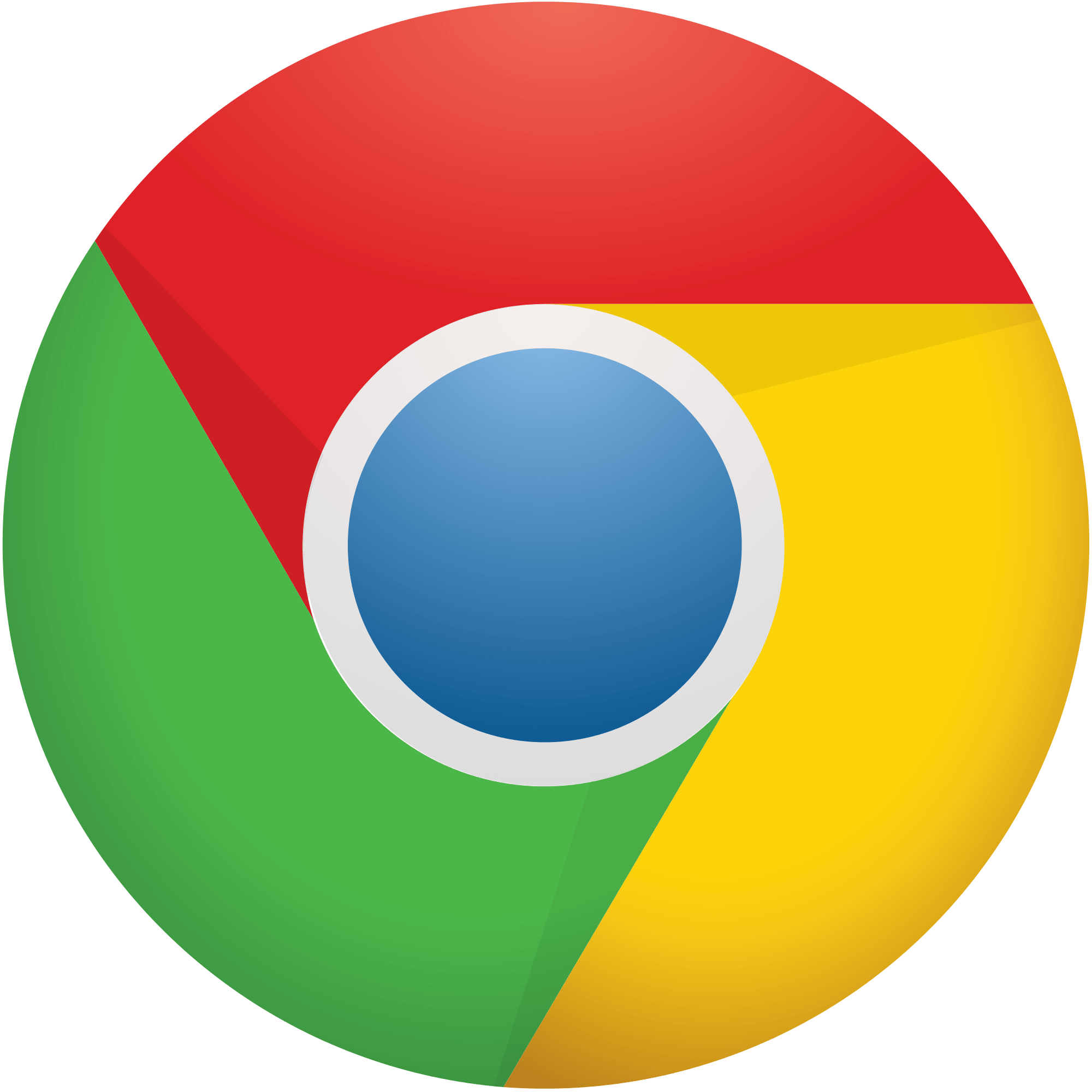
Chrome
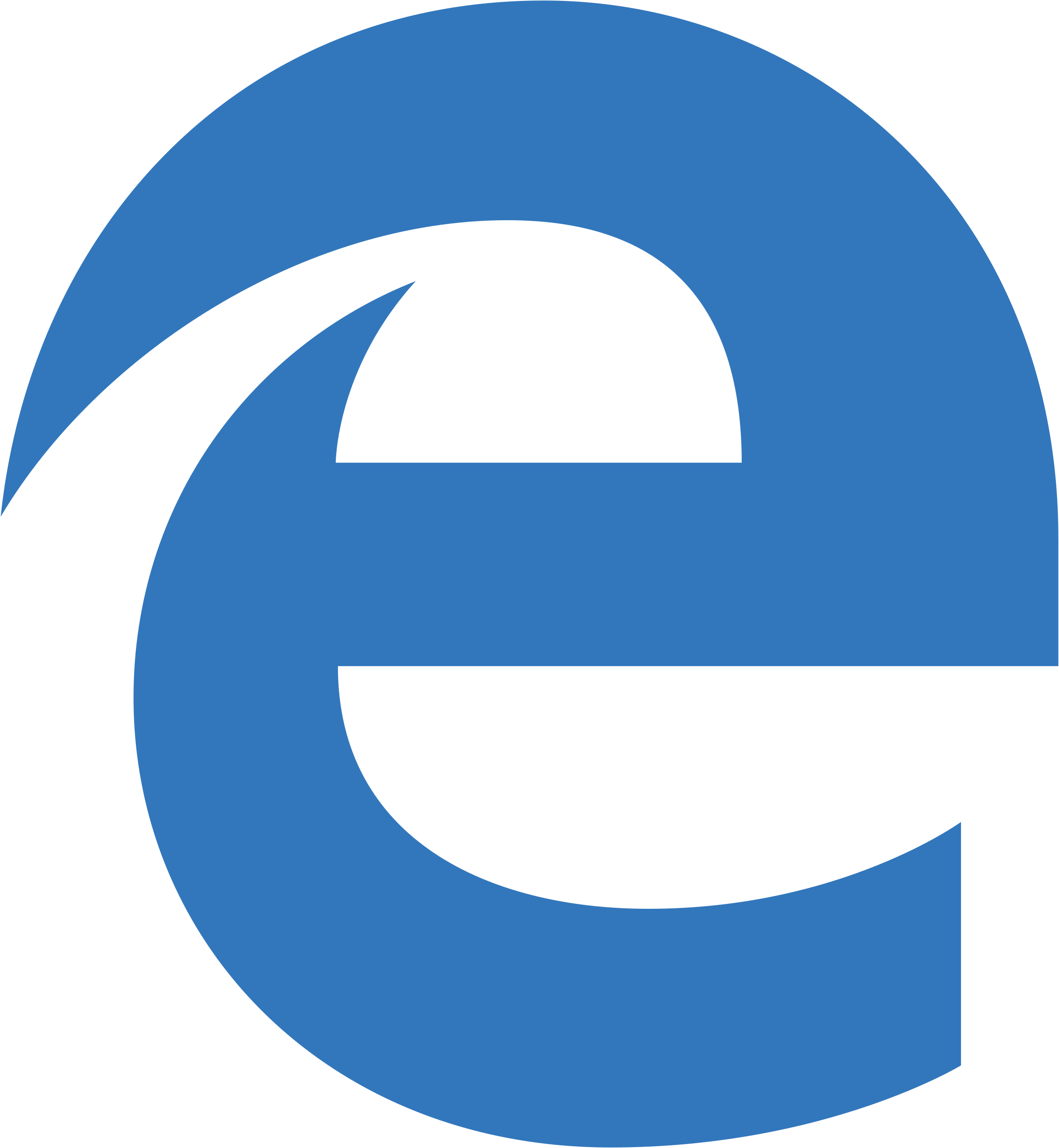
Edge
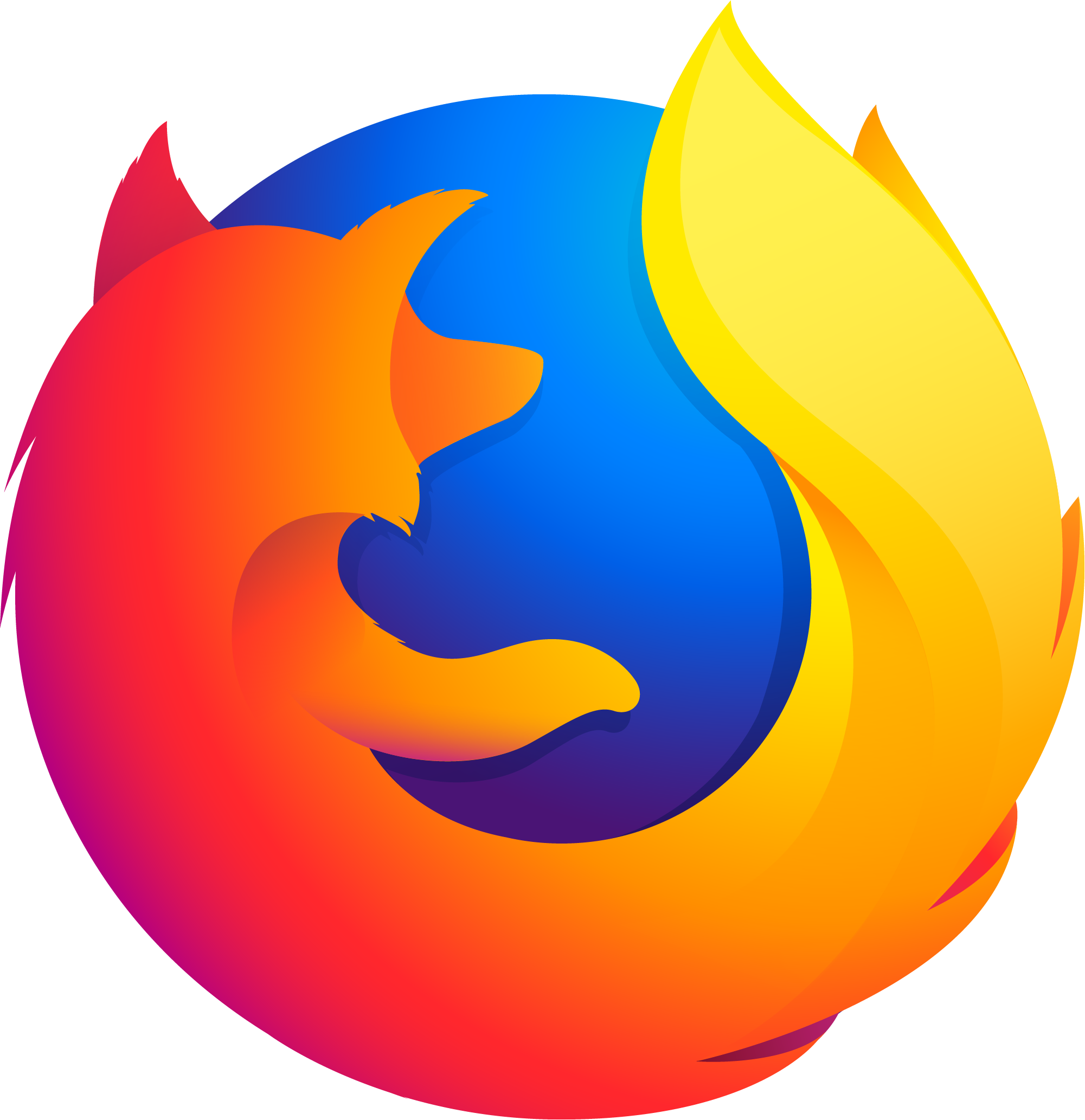
Firefox
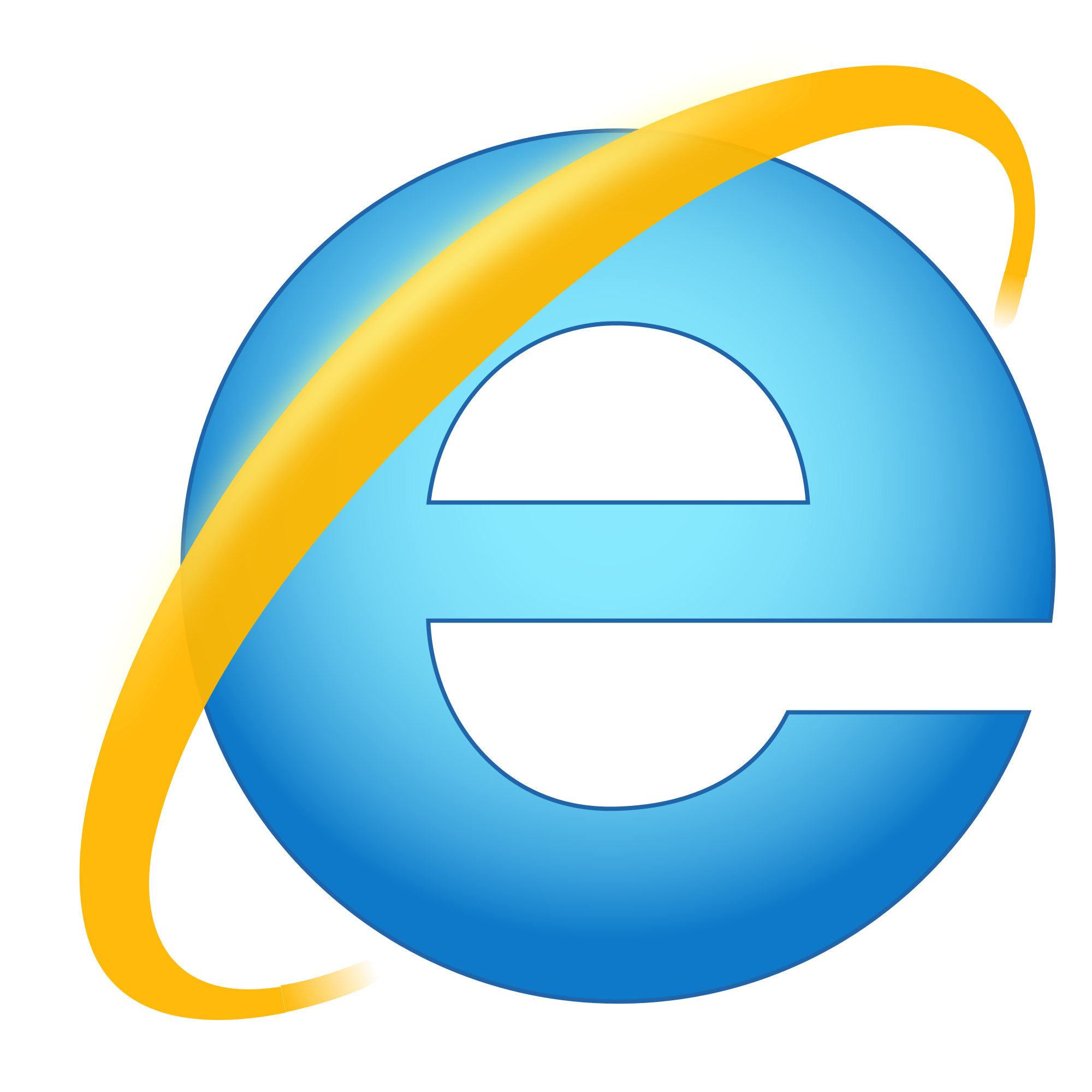
IE

Opera
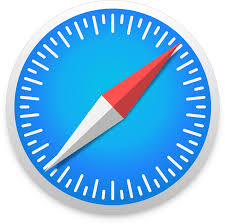
Safari
Mobile browser support

Chrome

Firefox

Opera

 HTML
HTML  CSS
CSS  PHP
PHP  JavaScript
JavaScript  SQL
SQL  Bootstrap
Bootstrap  Solidity
Solidity  jQuery
jQuery  Git
Git  Chrome DevTools
Chrome DevTools  C++
C++  Python
Python 



